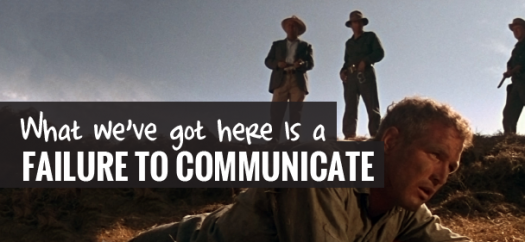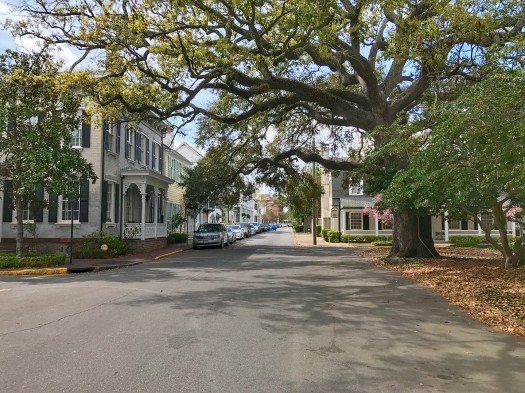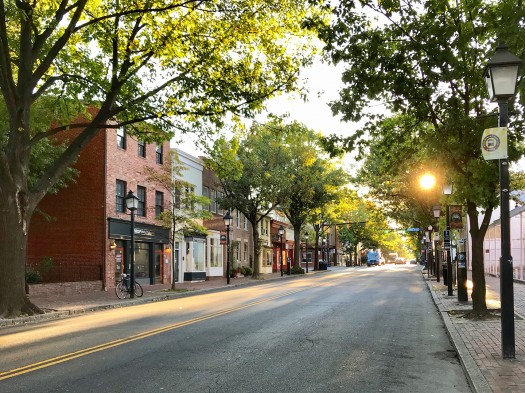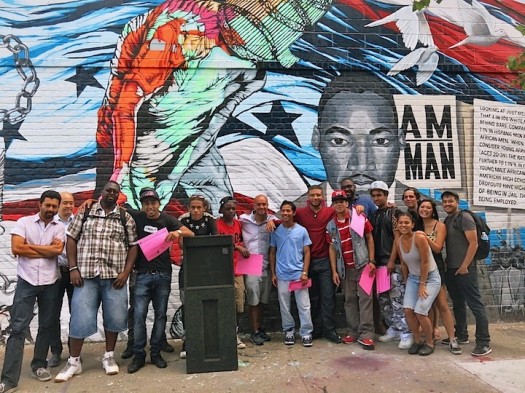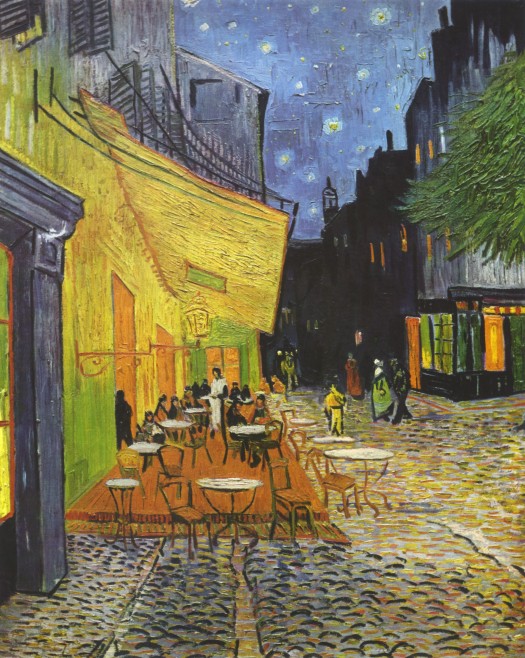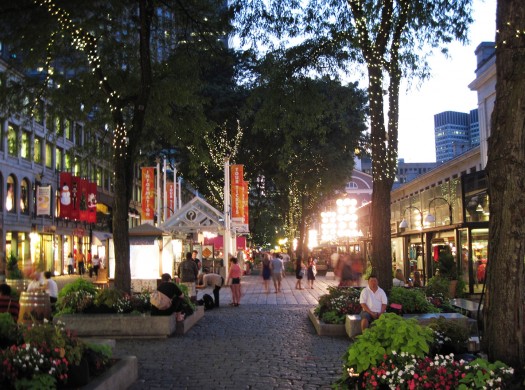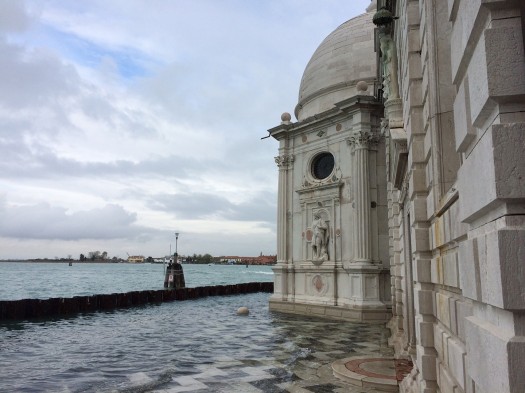Watch Your Words: Building support for walking and biking infrastructure
In my last post, I looked at the difficulty of getting things — like walking and biking infrastructure — done and how the manner in which we measure our accomplishments makes all the difference. Not just towards building momentum but towards building community. In short, it’s all about baby steps. But let’s say you’ve now…
Read MoreCorrosion of Community: Impossible standards as an excuse for inaction
In a coming post I’ll be addressing the long crawl towards walkability, and towards communities where the promise of meaningful transportation choice becomes increasingly realized. Long story short, the process, already difficult, can become harder rather than easier over time for reasons I’ll explain. But first, let’s revisit the struggles of just getting started with…
Read MorePlotting a Persuasive Story? Better have a happily ever after
On my PlaceMakers business card, my job title is “Storyteller.” I figured a graduate degree in English and a two-decade career in journalism gave me a certain amount of credibility in that department. What I didn’t count on, however, was what the title seemed to imply to most folks. To them, I was the spin…
Read MoreCivic Space: Creating Community
Public space, or as many urbanists refer to it, civic space, sets the stage for community building. The study of how we use public space has been refined by Jan Gehl over the last thirty years, since the publication of his Life Between Buildings in 1987. A couple of weeks ago, Gehl released his Public…
Read MoreCNU Climate Summit Highlights
A group of concerned urban designers, architects, ecologists, and economists gathered last week in Alexandria, Virginia, to discuss resilience at the CNU Climate Summit. Unable to join, I reached a few participants by phone and followed the Twitter hashtag, #CNUClimate, to hear highlights of the presentations and working groups. Several of their ideas resonate with…
Read MorePlace Attachment as a Tool for Shaping Change
Gentrification gets a lot of attention these days, and rightfully so. Particularly as it relates to issues of displacement. No one (or at least no one of heart) wants to see anyone forced from their home and from the community they care for and that, oftentimes, cares for them. The dangled carrot of economic opportunity,…
Read MoreWhen Coffee Came to London (Not a Starbuck’s story)
Around 1650, coffee came to London. The refreshing and slightly habit forming beverage was a big hit. A new kind of non-alcoholic public house — the coffee house — was quickly invented. London was a walking city, only the wealthy and businesses had personal transportation. And the weather was famously chancey. So a smart entrepreneur…
Read MoreTen key ingredients of a green and healthy community
If someone asks what a green community, or a healthy one, means to you, what comes to mind? I’m willing to bet that for most people it is the visible and tangible aspects: a lovely city park, perhaps, or mature street trees, or bicycle lanes on a city street. If you’re a bit more wonky,…
Read MoreA Hurricane Response Lesson: Disrupt the cycle of futility
Those of us who spent extended time in coastal Mississippi and Louisiana after Hurricane Katrina in 2005 are watching the weather and reading the news with a serious case of Groundhog Day. It’s rescue-recriminate-rebuild-repeat. Over and over again.
Read MoreHurricane Harvey provides a sober reminder that resilience is about mitigation and adaptation
Most of us faraway bystanders are observing Houston’s response to Hurricane Harvey with concern at the devastation as well as encouragement at the stories of compassion. With sympathy to the current human suffering from Harvey, we are wishing Houstonians continued strength, fortitude, and safe passage this week. No amount of comprehensive planning or zoning reform…
Read More

